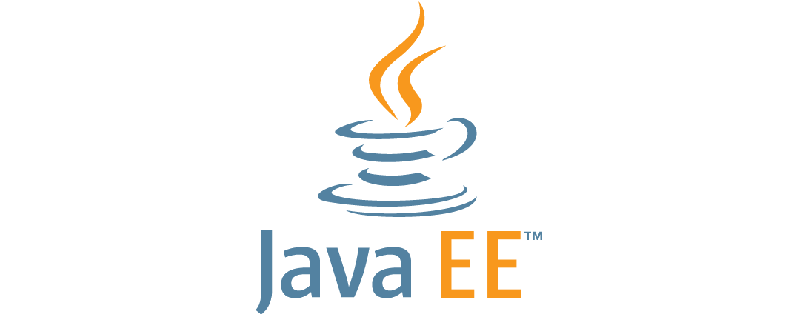
Java EE, Java Platform Enterprise Edition (Java Platform Enterprise Edition), formerly known as J2EE (Java 2 Platform, Enterprise Edition), was renamed JavaEE in March 2018. It is a standard Java platform launched by Sun for enterprise-level applications and is an enterprise-level application version. Can help us develop and deploy portable, robust, scalable and secure server-side Java applications.

The Java platform is divided into three main versions: Java EE, Java SE and Java ME. Java EE is built on the basis of Java SE. It provides Web services, component models, management and communication APIs, and can be used to implement enterprise-class service-oriented architecture (SOA) and Web 2.0 applications.
Java EE core technology
Java EE core technology generally belongs to the following file categories:
●HTTP client technology. To handle HTTP-based clients, Java EE includes Java API for WebSocket programming, API for JSON processing, JSF and Servlet API, and JSP Standard Tag Library (JSTL).
● Database and resource access technology. To interact with external and backend systems, Java EE includes JavaMail, a standard connector architecture, Java Message Service (JMS) API, and Java Transaction API (JTA) for implementing two-phase commit.
● REST and Web Services Technologies: Help develop and deploy Web services based on REST, SOAP, XML and JSON, Java API for RESTful Web Services (JAX-RS) and XML-based Web Services (JAX - includes WS) and APIs for XML messaging and XML registries (JAXR).
● Java EE security and container management: To implement custom Java EE security and manage Java EE containers, software developers can access the container's Java authorization contract and the container's Java Authentication Service Provider interface.
Recommended related video tutorials: "JAVA Tutorial"
The above is the detailed content of What does JavaEE mean?. For more information, please follow other related articles on the PHP Chinese website!